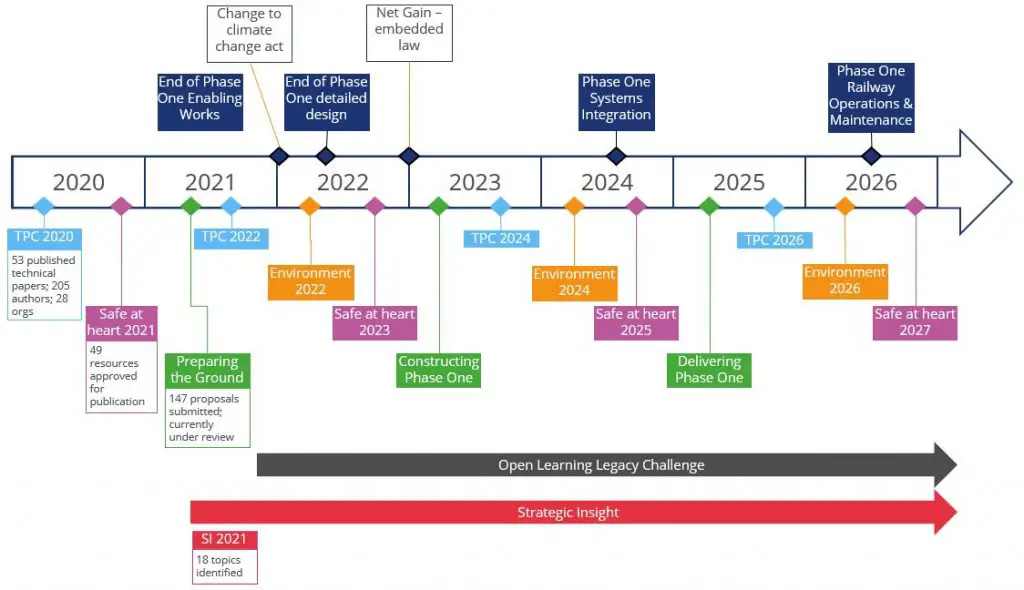Learning From Legacy: Updating and Improving Older Systems

Legacy systems, the software applications and IT infrastructure that have been in operation for a long time, are a common challenge for many organizations. These systems are often critical to business operations, but they can also be outdated, inefficient, and difficult to maintain.

There are a number of reasons why organizations may need to update their legacy systems. Some of the most common reasons include:

- Security concerns: Legacy systems may be vulnerable to security risks, such as hacking and data breaches.
- Compliance requirements: Legacy systems may not meet the latest compliance requirements, such as those for HIPAA or GDPR.
- Business needs: Legacy systems may not be able to meet the changing needs of the business, such as the need for new features or functionality.
Updating legacy systems can be a complex and time-consuming process. However, it is essential for organizations to do so in order to protect their data, meet compliance requirements, and meet the changing needs of the business.
There are a number of different approaches to updating legacy systems. One approach is to simply replace the old system with a new one. This approach can be expensive and time-consuming, but it can also be the best way to ensure that the new system meets the organization’s needs.
Another approach to updating legacy systems is to upgrade the existing system. This approach can be less expensive and time-consuming than replacing the old system, but it may not be possible if the old system is too outdated.
A third approach to updating legacy systems is to reengineer the system. This approach involves making significant changes to the system’s architecture and code. Reengineering can be a complex and time-consuming process, but it can also be the best way to improve the system’s performance and functionality.
The best approach to updating legacy systems will vary depending on the organization’s specific needs and resources. However, it is important for organizations to regularly review their legacy systems and assess whether they are still meeting the organization’s needs. By taking a proactive approach to updating legacy systems, organizations can avoid the risks associated with these systems and ensure that they are able to meet the changing needs of the business.## Learning From Legacy: Updating and Improving Older Systems
Executive Summary
Legacy systems, while often outdated and inefficient, can be valuable assets to businesses. By understanding the challenges and opportunities associated with legacy systems, organizations can update and improve these systems to gain a competitive advantage. This article explores the complexities of legacy systems and provides a roadmap for successful modernization efforts.
Introduction
Legacy systems are software applications or infrastructure that have been in use for an extended period. While these systems may have served their purpose in the past, they often become outdated and inefficient over time. However, legacy systems can also contain valuable data and business logic that can be leveraged for future growth. Modernizing legacy systems is therefore a delicate balancing act between preserving the past and embracing the future.
FAQs
-
What are the challenges of updating legacy systems?
- Technical debt
- Data integrity issues
- Lack of documentation
- Interoperability challenges
- Security vulnerabilities
-
What are the benefits of updating legacy systems?
- Improved efficiency
- Reduced costs
- Increased agility
- Enhanced security
- Competitive advantage
-
How can businesses successfully update legacy systems?
- Establish clear goals and objectives
- Conduct thorough assessments
- Develop a phased modernization plan
- Invest in the right tools and technologies
- Manage change effectively
Subtopics
Technical Debt
Technical debt refers to the accumulated impact of past decisions that make it difficult or expensive to change a system. This can include outdated code, inconsistent data structures, or poorly documented processes.
- Four important pieces:
- Identify technical debt early
- Prioritize debt repayment
- Refactor and simplify codebases
- Establish a DevOps culture
Data Integrity
Data integrity refers to the accuracy, consistency, and completeness of data. Legacy systems often struggle with data integrity issues due to manual data entry, data duplication, and lack of data validation.
- Five important pieces:
- Implement data validation rules
- Establish data governance policies
- Use data integration tools
- Monitor data quality regularly
- Perform regular data backups
Security Vulnerabilities
Legacy systems are often vulnerable to cyberattacks due to outdated security protocols, unpatched software, and weak access controls.
- Six important pieces:
- Conduct vulnerability assessments
- Patch and update software regularly
- Implement strong access control measures
- Encrypt sensitive data
- Conduct regular security audits
Interoperability Challenges
Legacy systems may not be compatible with newer technologies, which can limit their integration with other systems and hinder collaboration.
- Four important pieces:
- Identify interoperability requirements
- Use APIs and middleware to connect systems
- Modernize data formats and protocols
- Seek vendor support and advice
Change Management
Modernizing legacy systems requires significant change, which can affect employees, customers, and business processes.
- Five important pieces:
- Communicate the modernization plan early
- Involve stakeholders throughout the process
- Train employees on new systems
- Monitor and measure the impact of changes
- Continuously evaluate and adjust the modernization plan
Conclusion
Updating and improving legacy systems is a complex but necessary undertaking. By addressing the challenges associated with legacy systems and following a comprehensive modernization plan, businesses can unlock the potential of these systems and gain a competitive advantage. Embracing new technologies and best practices, while preserving the value of legacy data and functionality, is the key to unlocking the transformative power of legacy systems.
Keyword Tags:
- Legacy Systems
- System Modernization
- Technical Debt
- Data Integrity
- Change Management
